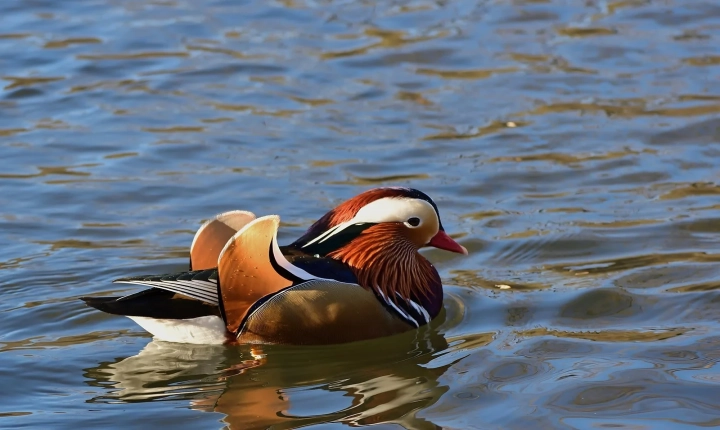Title: The Rise of AI Art Apps: Exploring the Creative Potential
Artificial Intelligence (AI) has significantly impacted various industries, and the realm of art is no exception. With the advent of AI art apps, more and more people are exploring the exciting intersection of technology and creativity. These apps use AI algorithms to generate, manipulate, and transform images into stunning pieces of art, offering users a new way to express their creativity.
One of the most popular AI art apps is DeepArt, which uses neural networks to apply the style of famous artworks to users’ photos. This allows individuals to transform their own images into artistic masterpieces inspired by the likes of Van Gogh, Picasso, or Monet. This blending of personal photography with iconic art styles has captured the imagination of users, enabling them to create unique and visually striking compositions.
Another noteworthy AI art app is Prisma, which gained widespread attention for its ability to transform ordinary photos into mesmerizing art pieces using various artistic styles. The app employs deep learning algorithms to analyze and restructure images, resulting in vibrant and dynamic interpretations that evoke the essence of famous art movements. Users can experiment with different filters and styles to discover new ways to visualize their photographs.
Furthermore, AI art apps such as Dreamscope offer a platform for users to generate abstract and surreal artwork from their photos. By leveraging the power of AI, users can manipulate their images to create dreamlike landscapes, vibrant patterns, or futuristic compositions. The app provides a playground for artistic experimentation, allowing individuals to push the boundaries of their creativity without the need for extensive technical skills.
The appeal of AI art apps extends beyond just amateur creators. Professional artists are also incorporating these tools into their creative process, leveraging AI to augment their artistic vision and expand their repertoire. AI art apps provide a fresh perspective and a new set of tools for artists to explore, resulting in innovative and thought-provoking artworks that blend human creativity with machine intelligence.
Moreover, the accessibility of AI art apps has democratized the creation of art, enabling anyone with a smartphone to engage in creative expression. These apps have ignited a surge of interest in digital art and have attracted a diverse community of users, from hobbyists to professional artists. By providing intuitive interfaces and intuitive tools, AI art apps empower individuals to explore their artistic potential and produce visually stunning works of art.
Despite the growing popularity of AI art apps, some critics argue that these tools may diminish the value of traditional artistic skills. However, proponents believe that AI art apps complement rather than replace traditional art forms, offering a new avenue for innovation and self-expression. Furthermore, the integration of AI technology into the art world opens up new conversations about the nature of creativity, authorship, and the evolving role of technology in shaping artistic practices.
In conclusion, the rise of AI art apps represents a compelling fusion of technology and creativity, offering users a novel way to engage with visual art. These apps have sparked a renewed interest in digital art and have demonstrated the potential of AI to inspire and enable artistic expression. As the field of AI art continues to evolve, it is likely that these apps will play an increasingly significant role in the creative landscape, redefining how we perceive, produce, and engage with art in the digital age.
